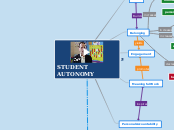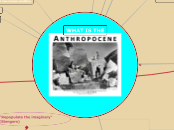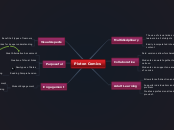Self-Determination Theory
Relatedness
Students feel a sense of relatedness "when they perceive that their teachers like, value, and respect them."
Tough, Paul. Helping Children Succeed: What Works and Why. Boston: Houghton Mifflin Harcourt, 2016. Print.
Available Online: http://www.paultough.com/helping/web/
Competence
Students want to feel that they are learning, and that the task is valuable. To provide students with a sense of competence, teachers should use meaningful, authentic tasks and push students just beyond what students know they can do.
Autonomy
"To all intents and purposes, the autonomous learner takes a (pro-) active role in the learning process, generating ideas and availing himself of learning opportunities, rather than simply reacting to various stimuli of the teacher (Boud, 1988; Kohonen, 1992; Knowles, 1975)."
The Internet TESL Journal, Vol. VI, No. 11, November 2000
self esteem
perceived competence
behavior problems
intrinsic motivation
STUDENT AUTONOMY
"The three ideas that tend to push kids toward a sense of intrinsic motivation are feelings of belonging, feelings of confidence and feelings of autonomy." (Paul Tough)
Learn more about Paul Tough's most recent book, Helping Children Succeed: What Works and Why. Read it online for free, thanks to Paul and his publisher.
Personal Accountability
Meaningful Work
Engagement
Belonging
Trust









